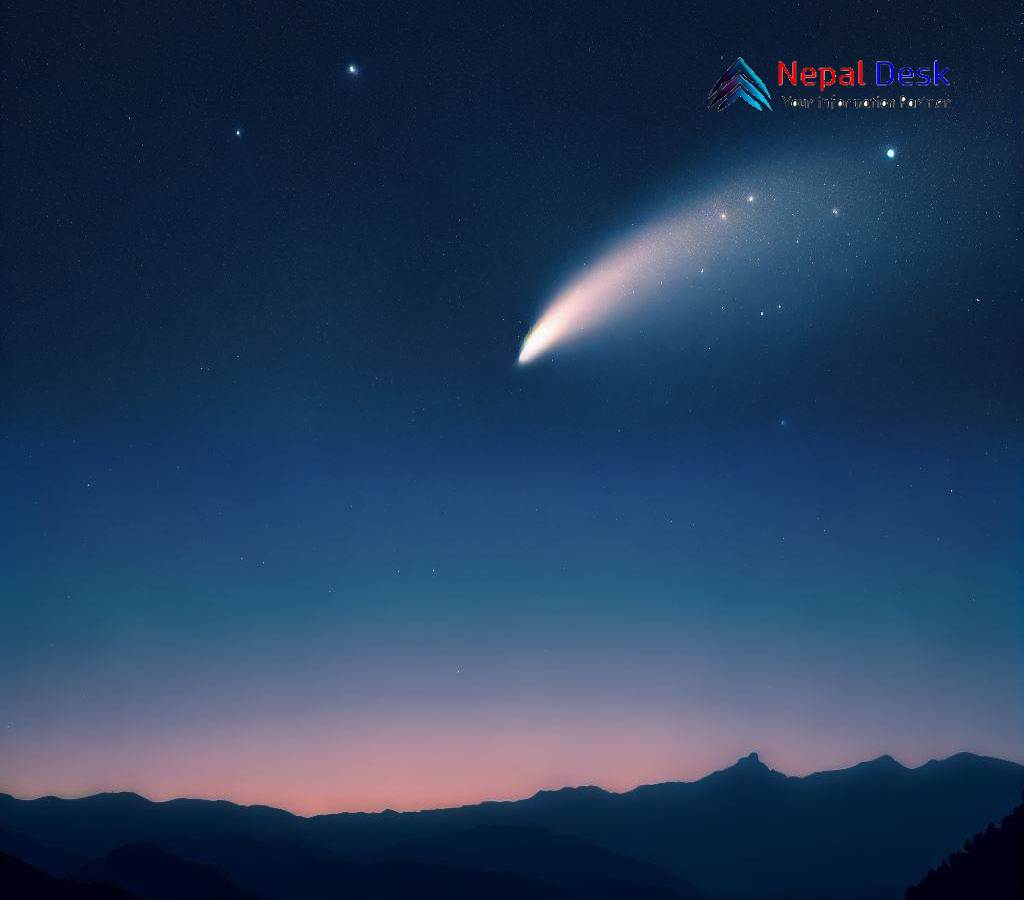Nishimura Comet Graces Nepal's Sky After a 400-Year Hiatus
Published Date

Published Date
After 400 years, the Nishimura Comet dazzles Nepal's night sky, linking celestial wonders to the nation's rich Malla dynasty history. A must-see for stargazers!
⏱ 1 min read
KATHMANDU - The night sky over Nepal recently offered a breathtaking display, capturing the hearts of both seasoned astronomers and casual stargazers. After a hiatus of over 400 years, the Nishimura Comet graced our skies, providing a celestial spectacle that many had never seen in their lifetimes.
This comet, christened after the Japanese photographer Hideo Nishimura, who stumbled upon it earlier in August, zips through space at an astonishing speed of nearly 386,000 kilometers per hour. Its last recorded appearance was in 1588, a period when Nepal basked under the governance of the Malla dynasty, with King Shivasingh Malla at the helm in Kantipur (Kathmandu).
Embarking on a lengthy 435-year orbit around the sun, the Nishimura Comet's recent flyby was truly a momentous occasion. Scientists have shared that this celestial wanderer is a mix of ice and dust. As it draws closer to the sun, the ice undergoes a transformation, vaporizing and forming a radiant tail that paints a stunning picture against the backdrop of the cosmos.
For those in the Northern Hemisphere, including the eager eyes in Nepal, the comet was best viewed about 90 minutes before the break of dawn on Tuesday. While it was a sight to behold with the naked eye, those armed with binoculars or telescopes were treated to an even more magnificent view.
This astral event not only showcased the wonders of the universe but also served as a poignant reminder of Nepal's rich historical tapestry, harking back to the days of the Malla dynasty's glory.
